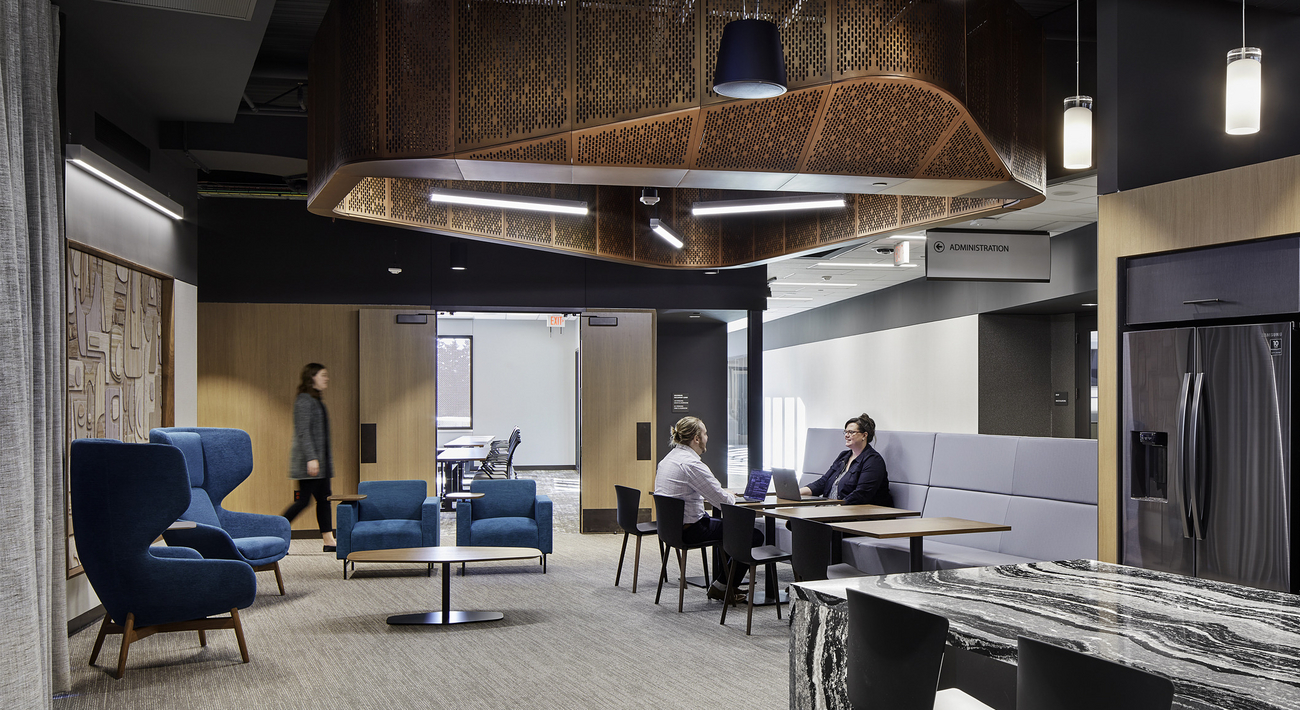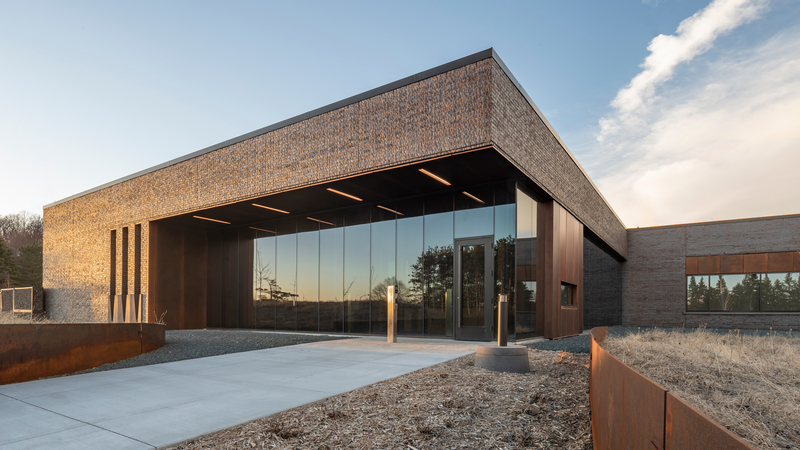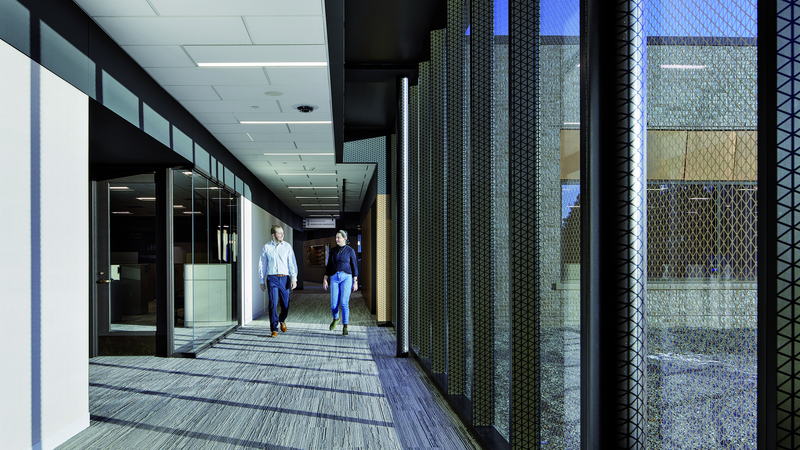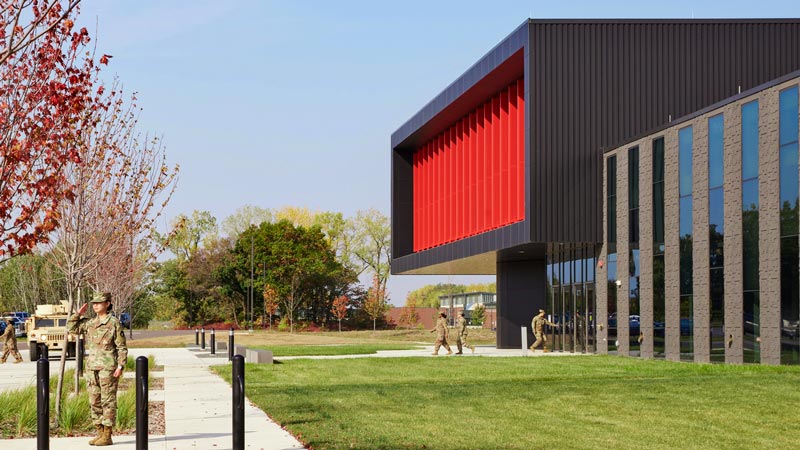
Responsible materials
Stakeholders make thousands of decisions during the planning and design of a project. Selecting and specifying materials and products that prioritize people and planet is one of our most valuable services as demands for high-performance and responsible design accelerate across the globe.
RESPONSIBLE MATERIALS CASE STUDY | Hennepin County Medical Examiner’s Facility | Minneapolis, Minnesota
Benchmark shattering forensic facility
The Hennepin County Medical Examiner’s (HCME) Facility is one of the Nation’s leading and most advanced medical examiner facilities. With the goal of supporting an expanded service model and attracting the Nation’s top talent in Forensic death investigations, the state-of-the-art office and lab building makes Hennepin County a regional magnet for forensic death investigations and medico-legal autopsy services.
%
responsible materials required
%
responsible materials achieved
Dual-purpose materials selection
Among other sustainable achievements, HCME is notable for its responsible materials selection. Every material used in HCME fulfills a dual purpose: first,
to stand up to the rugged wear-and-tear of life in a laboratory and second, to meet the state’s B3 sustainable design program. These criteria motivated
the design team to select interiors products that came from ethical sources, contributed positively to the health of occupants, and met the client’s high
durability and cleaning standards.




Beyond B3 benchmarks
The project was required to use at least 55% salvaged or reused, recycled, recyclable, bio-based, responsibly sourced, or regional materials. The project shattered the 55% benchmark with an environmentally preferable materials ratio of 81% and named a Best of B3 award winner.
Materials matching function
For lab spaces, the design predominantly features stainless steel surfaces with high recycled content and Terrazzo with recycled porcelain content to balance the selections of epoxy and solid surfaces.
Office spaces use carpet with high recycled content, ceiling tiles with plant-based binders, and reconstituted wood wall covering instead of vinyl. Every material used in the facility is low-VOC–a feature that improves indoor air quality and contributes to the health of occupants.





Prioritizing people and planet goes beyond responsible sourcing.
The chemical makeup of furniture and finishes plays a critical role in the health impacts of the built environment. We are committed to understanding and using product transparency and optimization labels as a lens through which we make material selections. We give preference to products that freely disclose their chemical makeup and are striving for benign impacts from cradle to grave.
Our Responsible Materials working group is dedicated to advancing collective awareness of the environmental and human health impacts of building materials. Our two-pronged approach focuses on the two most common ways materials make it into buildings – design selections and specifications.
Education directly affects material selections made by architects and interior designers, and we proactively require vendors to address the impacts of their product lines and identify materials with labels and certifications. Our designers are empowered to research and understand the various labels utilizing resources such as mindful MATERIALS to efficiently search and sort them. Our General Requirements specifications for all projects set minimum thresholds for product selections with environmental and human health disclosures.

Jennifer Gustafson
Responsible materials SME
Jennifer Gustafson
Senior Interior Designer
Pillars of our Sustainability practice

Sustainability

High performance design

Decarbonization

Wellbeing

